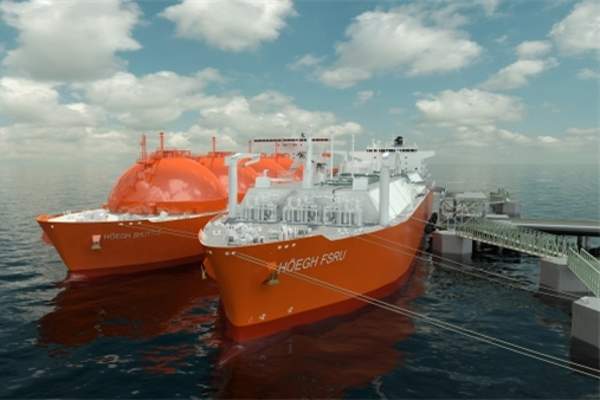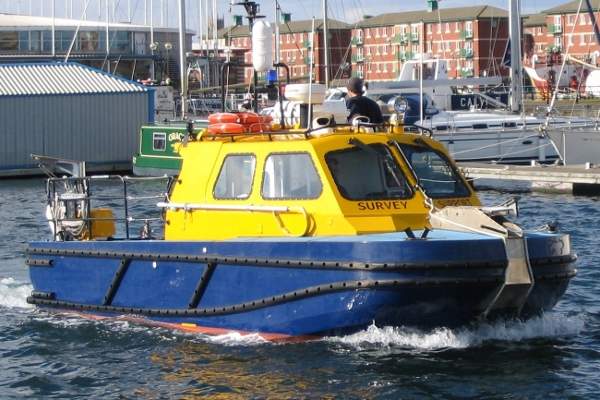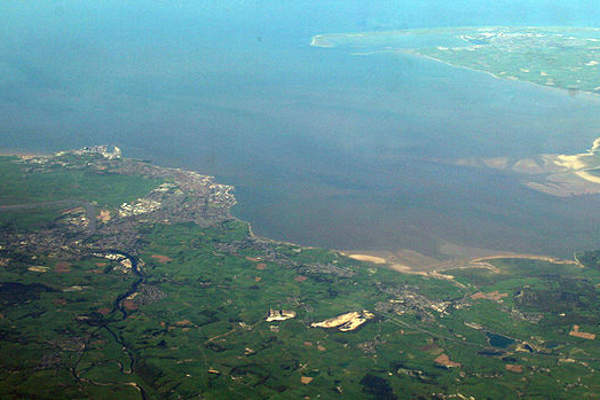Port Meridian deepwater port is a proposed LNG project consisting of floating storage and regasification unit (FSRU), a subsea pipeline and onshore facilities that will connect to the national grid at Barrow-in-Furness, UK. The FSRU is based on Höegh LNG’s proprietary technology.
Located in Morecambe Bay offshore Barrow-in-Furness, the project has received all major approvals, while the final investment decision (FID) to construct the port and pipeline infrastructure is expected by mid-2016 with first gas estimated to flow from the fourth quarter of 2018. The project is currently in its commercialisation phase.
The Port Meridian deepwater port project was acquired by Meridian LNG in October 2012 from Höegh LNG for $20m. Meridian was advised by West Face Capital on the deal.
According to the terms of the joint development agreement, Höegh LNG will be the supplier and operator of the FSRU, and Meridian will seek commercial aspect of the project involving agreements for LNG imports and the pipeline connecting the FSRU to the gas distribution grid.
Details of Port Meridian deepwater port
The deepwater port will be built near the depleting Morcambe Bay gas fields, off the north-west coast of England, and will have access to the UK markets with connections to North-West Europe.
LNG will be received offshore by the FSRU, stored, regasified onboard, and the processed gas will be transferred onshore via a subsea pipeline to an interconnection with the national grid.
The FSRU vessel will be connected to the subsea pipeline using submerged turret-loading technology. Ship-to-ship LNG transfers may be used for loading the FSRU that may be moored for a long period.
The unloading buoys used for the project are designed by Advanced Production and Loading (APL) and are commonly known as Submerged Turret Loading™ (STL).
The unloading buoy will be submerged to rest on the sea bed when a regasification vessel is not connected. It will be located and recovered by using a marker buoy and retrieval line and hoisted up. The unloading of natural gas will start once the buoy is locked in position.
The unloading buoys will be connected to land infrastructure by a pipeline situated east of Morecambe Bay gas terminals.
The FSRU vessel will control the throughput rate by adjusting the delivery pressure into the pipeline. Flow control valves and heating equipment are present at the land-based facilities that can be used for further control of the throughput rate.
Design of the deepwater LNG port facility
The project is designed to supply a volume of 3.4 million metric tonnes per year (MMtpa) to the deregulated UK market directly through its own National Transmission System interconnection.
The maximum peak supply from Höegh FSRU is 750 million metric standard cubic feet a day (MMscfd). The capacity of the FSRU is 170,000m³, while a larger vessel may also be considered with a capacity of 210,000m³. The pipeline and land facilities have a maximum daily throughput rate of 1,250MMscfd, although the base case design throughput rate is 750MMscfd.
Onshore facilities of Port Meridian
An onshore facility is proposed to be constructed on an area of approximately 100m x 150m in proximity to the national grid line between Barrow and Lupton for easy connectivity. The facility will be located near the Morecambe Bay gas terminals.
Gas received at the onshore facility will be conditioned and metered before it is transported further into the national grid network. Nitrogen may be injected into the gas for safe transfer through the grid pipelines.
Subsea pipeline details of Port Meridian deepwater port
A subsea pipeline with a diameter of 36in and a base case of 26in will be constructed to connect the project to the national grid.
A 16in flexible riser will connect the FSRU to the 50km-long subsea pipeline that will traverse the Walney Island, the Piel Channel and a short distance onshore to reach the above-ground facility.
Natural gas will be supplied by the pipeline to the onshore facilities and will be transferred to the national grid to be made available to residential, commercial, industrial and electrical generation customers throughout the UK.
Feed gas
An agreement was signed between Liquefied Natural Gas, operator of Magnolia LNG, and Meridian LNG for firm capacity rights for up to 2mtpa at Magnolia LNG. Meridian LNG will provide monthly capacity payments to Magnolia LNG in return for liquefaction services.
LNG from Magnolia LNG will be delivered to the Port Meridian floating terminal.
Sale of gas produced at Port Meridian
Meridian LNG and E.ON Global Commodities entered a 20-year gas sale agreement on 23 April 2015 for the sale of full nameplate capacity at Port Meridian.
Regasified natural gas from the port will be supplied to the UK National Transmission System for sale to E.ON Global Commodities exclusively.
Key players involved
The floating storage and regasification unit will be supplied and operated by Höegh LNG. Bibby HydroMap has been selected to carry out a survey for the LNG project. Its scope of work includes a geophysical, geotechnical and environmental survey of the proposed pipeline route.
The survey will be performed by Bibby HydroMap’s vessels Chartwell and Eagle to capture multi-beam bathymetry, side-scan sonar data, sub-bottom profiler and magnetometer data, alongside benthic grab samples and visual inspection.
International law firm WFW Watson, Farley & Williams advised Höegh LN on the sale of Port Meridian Energy to Meridian Holdings.










